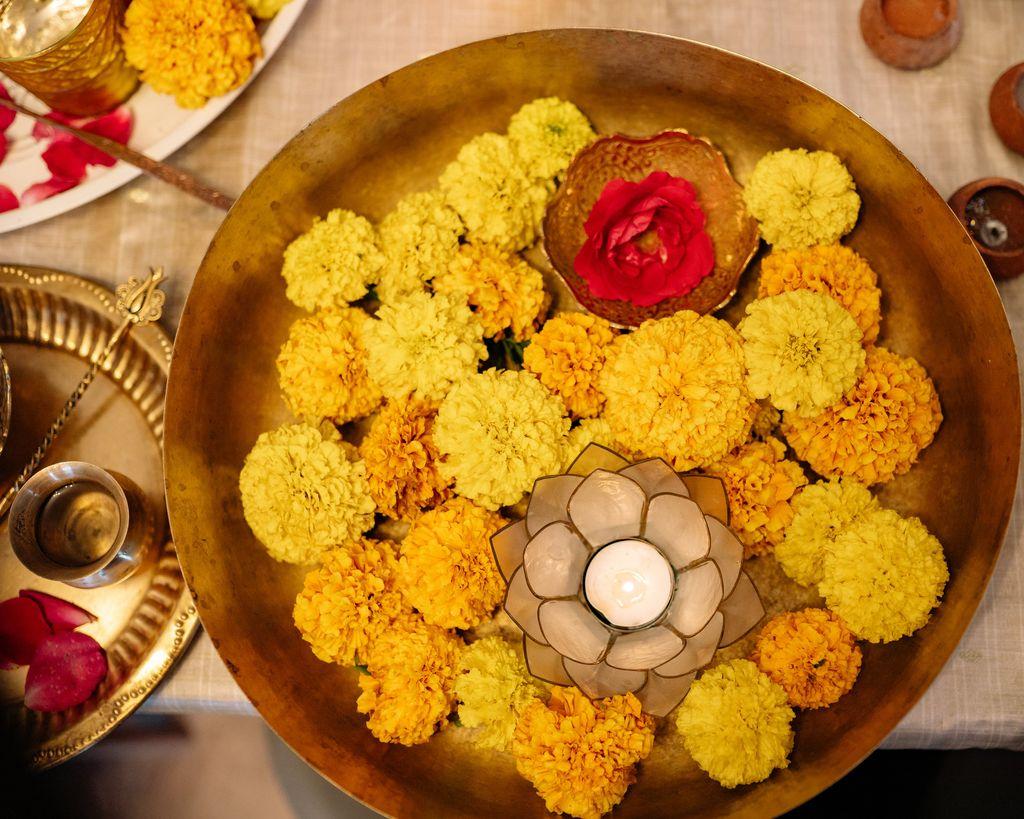



Table of Contents
- Introduction
- Why Are Muhurats Important for Griha Pravesh?
- Month-Wise Griha Pravesh Muhurats 2025
- Key Rituals for Griha Pravesh Ceremony
- Conclusion
- Faq's
Introduction
Moving into a new home is a monumental occasion, often marked by the Griha Pravesh ceremony in India. Rooted in Vastu Shastra and Hindu astrology, Griha Pravesh signifies the spiritual cleansing of the house and the welcoming of positive energies. Selecting the right muhurat is believed to bring prosperity, happiness, and harmony to the household.
In this article, we provide a detailed month-wise guide to the most auspicious Griha Pravesh dates for 2025, ensuring you can plan this milestone event with confidence and peace of mind.
Why Are Muhurats Important for Griha Pravesh?
 Griha Pravesh 2025, Pngtree
Griha Pravesh 2025, Pngtree
A muhurat, or auspicious time, is determined based on planetary alignments, nakshatras (constellations), and tithis (lunar phases). Performing the Griha Pravesh ritual during an ideal muhurat maximizes positive energy and eliminates any lingering negativity in the house.
Avoid inauspicious periods such as Rahu Kaal (Rahu's influence) and Chaturmas (when deities are said to be at rest).
Month-Wise Griha Pravesh Muhurats 2025
February 2025
- February 6 (Thursday)
Time: 10:53 PM to 7:06 AM (Feb 7)
Nakshatra: Rohini
Tithi: Dashami - February 14 (Friday)
Time: 11:09 PM to 6:59 AM (Feb 15)
Nakshatra: Uttara Phalguni
Tithi: Tritiya
March 2025
- March 1 (Saturday)
Time: 11:22 AM to 6:45 AM (Mar 2)
Nakshatra: Uttara Bhadrapada
Tithi: Dwitiya - March 6 (Thursday)
Time: 6:41 AM to 10:50 AM
Nakshatra: Rohini
Tithi: Saptami
April 2025
- April 30 (Wednesday)
Time: 5:41 AM to 2:12 PM
Nakshatra: Rohini
Tithi: Tritiya
May 2025
- May 1 (Thursday)
Time: 11:23 AM to 2:21 PM
Nakshatra: Mrigashira
Tithi: Panchami - May 9 (Friday)
Time: 12:09 AM to 5:33 AM (May 10)
Nakshatra: Chitra
Tithi: Trayodashi - May 22 (Thursday)
Time: 5:47 PM to 5:26 AM (May 23)
Nakshatra: Uttara Bhadrapada
Tithi: Dashami
June to August 2025
These months fall under Chaturmas, which is considered inauspicious for Griha Pravesh ceremonies. It is advisable to avoid housewarming rituals during this period.
September 2025
- September 15 (Monday)
Time: 6:45 AM to 12:10 PM
Nakshatra: Swati
Tithi: Panchami - September 22 (Monday)
Time: 8:30 AM to 2:15 PM
Nakshatra: Uttara Ashadha
Tithi: Dwitiya
October 2025
- October 12 (Sunday)
Time: 9:20 AM to 1:45 PM
Nakshatra: Anuradha
Tithi: Pratipada - October 25 (Friday)
Time: 11:00 AM to 4:00 PM
Nakshatra: Rohini
Tithi: Panchami
November 2025
- November 10 (Monday)
Time: 10:45 AM to 3:15 PM
Nakshatra: Uttara Phalguni
Tithi: Dashami - November 20 (Thursday)
Time: 7:00 AM to 11:45 AM
Nakshatra: Swati
Tithi: Ekadashi
December 2025
- December 5 (Friday)
Time: 8:30 AM to 2:00 PM
Nakshatra: Uttara Bhadrapada
Tithi: Panchami
Key Rituals for Griha Pravesh Ceremony
 Griha pravesh rituals, Pujahome
Griha pravesh rituals, Pujahome
- Ganesh Puja: Invokes the blessings of Lord Ganesha to remove obstacles.
- Vastu Puja: Cleanses the home of negative energies.
- Havan (Sacred Fire): Purifies the environment with holy chants.
- Breaking a Coconut: Symbolizes breaking through negative barriers.
Conclusion
Griha Pravesh is not just about entering a new house; it's about stepping into a new phase of life with positive energy and divine blessings. Selecting the right muhurat ensures a harmonious and prosperous beginning. Use this guide to plan your 2025 housewarming ceremony, and let your new home be filled with happiness and success.
explore further
Latest from Contemporary ideas
More from Innovations
Resources
Dwello, for every home buyer, is a way to go from 'I feel' to 'I know', at no extra cost.




